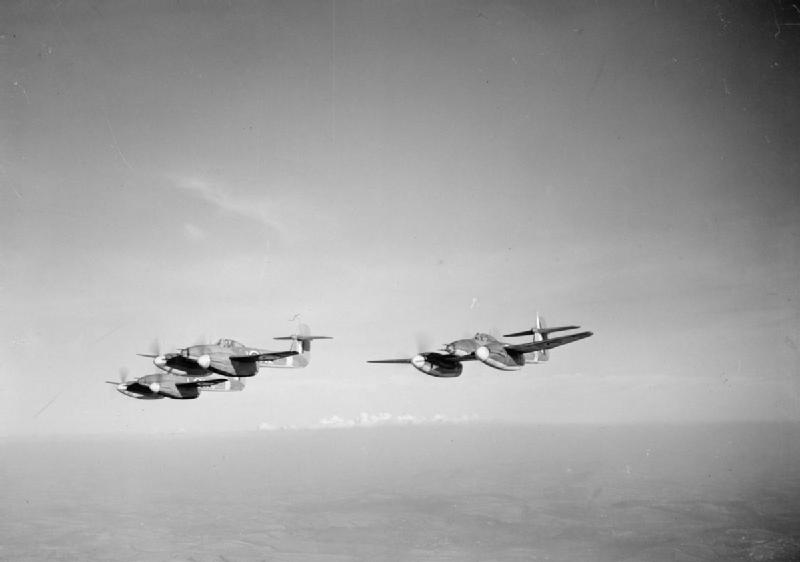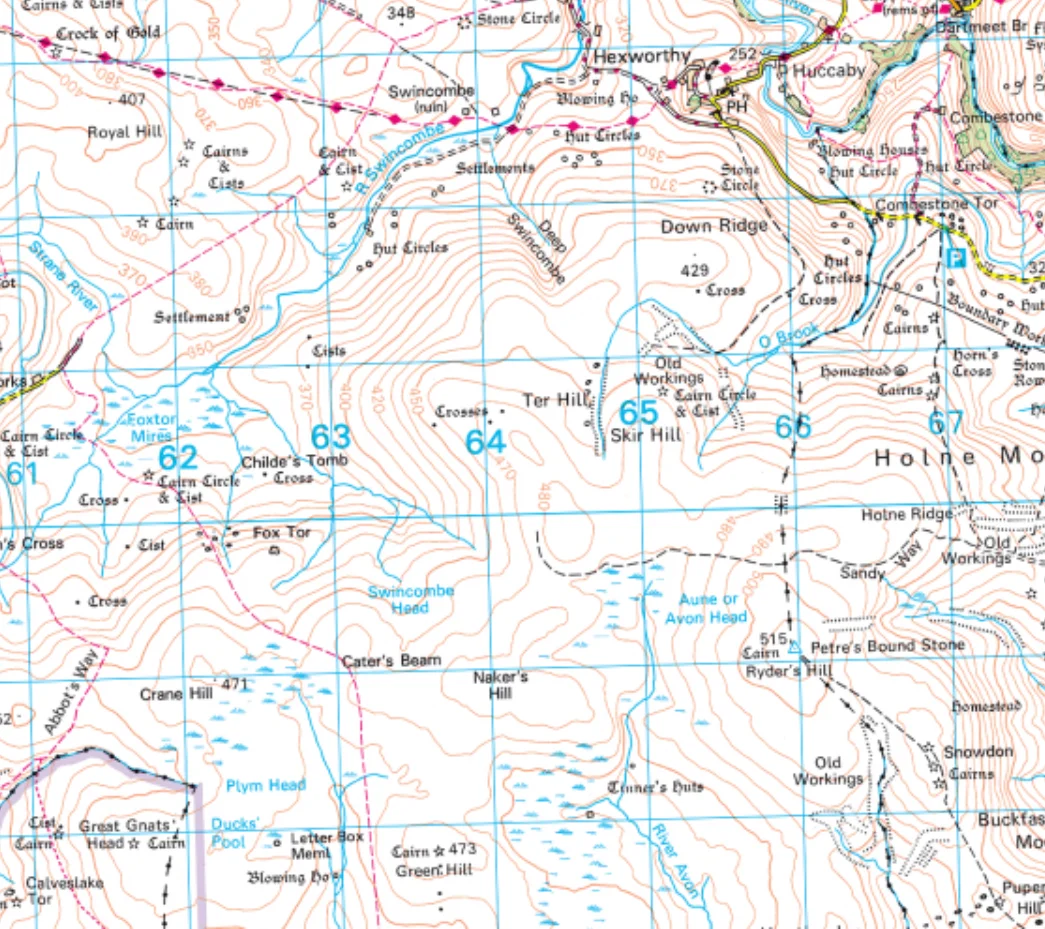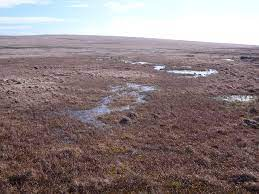The Legendary Dartmoor Whirlwinds
A tragedy occurred on a cold, cloudy and wet day in late December 1940 when two pilots of 263 Squadron disappeared with their aircraft over Dartmoor. Their bodies were only found three months later, high on the bleak and barren moor.
Pilot Officers Don Vine and Herbert Kitchener, led by Flt Lt Wynford Smith, were dispatched from RAF Exeter to the Cornish coastal airfield of St. Eval on December 29th, from there to head out into the Atlantic to meet two American Catalina flying boats coming in from Bermuda. This was something of a secret mission - even today the earliest recorded transit of a lend/lease Catalina from Bermuda wasn't until February 1941, and research has not found any record of any earlier flights.

Taking off around mid-day, Smith, Vine and Kitchener were beneath a low cloud base when Kitchener, at 300ft 'saw the ground immediately beneath him' and pulled up sharply out of the formation. He returned to Exeter having lost his leader, and reported that this happened 'near Bovey Tracey'. Talking to one of our team many years later he said he remembered trees ahead and that he thinks he saw a red flash as he pulled up.
Telling the same story to the Intelligence Officer on his return to Exeter meant that Kitchener's account became an account of the loss of the two other pilots - near Bovey Tracey. On the accident record cards, as well as a 'not found yet' note, is an account of how Vine followed Smith down through cloud into high ground, and a comment by the squadron leader that it was 'hard to understand' why an experienced officer would make such an error.
All this was shown to be a bit 'previous' when the aircraft and bodies were found once the snow had melted in March 1941. A local teenage girl wrote in her diary that she 'rode up' to 'twin B fighters' from Hexworthy, in the heart of the South Moor, and that her brother (an LDV) rode up 'in a carrier'. The RAF casualty records, released in 2020, are unusually vague as to the location - one calls it a 'desolate' part of Dartmoor, the other a 'lonely' area - neither of which describes lowland Bovey Tracey no matter how unkind one is being. Further they give no cause of the incident, which is unheard of. This writer gets the impression that the fact that blame had been apportioned -before the facts were in - made it a can of worms that was best unopened.
The aircraft movement cards for the two Whirlwinds show that one was salvaged and written off by 43 Group - meaning that the wreckage was taken off the moor and ended up in a smelter for recycling. The other shows no such write-off, meaning it was never formally recovered - ironically remaining on charge with the RAF as a result. A list of the fates of all whirlwinds drawn up by 263 Squadron in 1944 had them both as 'presumably dived in through cloud' - but back to Bovey Tracey again.
Smith and Vine were buried in Exeter Cemetery, and place of death was recorded as 'Green Hill' - several miles south of Hexworthy. Another carrier was sent from the Army base in Yelverton to drain fuel from one of the aircraft, and got stuck in Foxtor Mire where local information suggests it remains to this day.

One witness, an elderly shepherd now long passed, told an early researcher that two officially secret aeroplanes collided in cloud and crashed near Fox Tor. Another local put a cross on a map right in the middle of Fox Tor mire - and that became the established location. But another local put the cross on the Northern edge of Aune Head Mire. A third told this writer that his dad had it in Little Aune, a tributary mire to the South of Aune Head.
One witness said you went up from Hexworthy, slightly to the left of Swincome, then down, up again, and it's in a place that is unusually green and rocky. Another said it was on the way to Duck's Pool from Hexworthy, and that an engine was still visible in the seventies. A gentleman wrote to us that his mother recalls the planes flying over Brimpt's Farm too low to clear Down Ridge or perhaps Ter Hill. Any remains were burned or thrown in a mine and the bodies taken off by the Hexworthy Moor Gate.
So rather than no location, we have a conflicting and contrary set of locations. It seems increasingly likely that Smith did not inexplicably lead Vine down into high ground (this whole area is at 1,100 to 1,500ft, Kitchener said 300ft and Near Bovey Tracey) but instead, as the earliest witness said, they collided in cloud (cloud base was 1,200 to 1,600). several minutes after Kitchener pulled out of the formation. Based on various combinations and interpretations of the information the WFP have launched several searches over the years - as well as a drone survey of Fox Tor Mire with Birmingham University - and I am planning another trip there in the summer of 2023.

The terrain off the paths is extremely heavy going. and a degree of physical fitness is needed for an effective search. Another thing that is certain is that any remains that are extant will be hard to find in the fractured and deep-grass-covered surface, and in a place that is so hard to get to that only sheep have bothered.